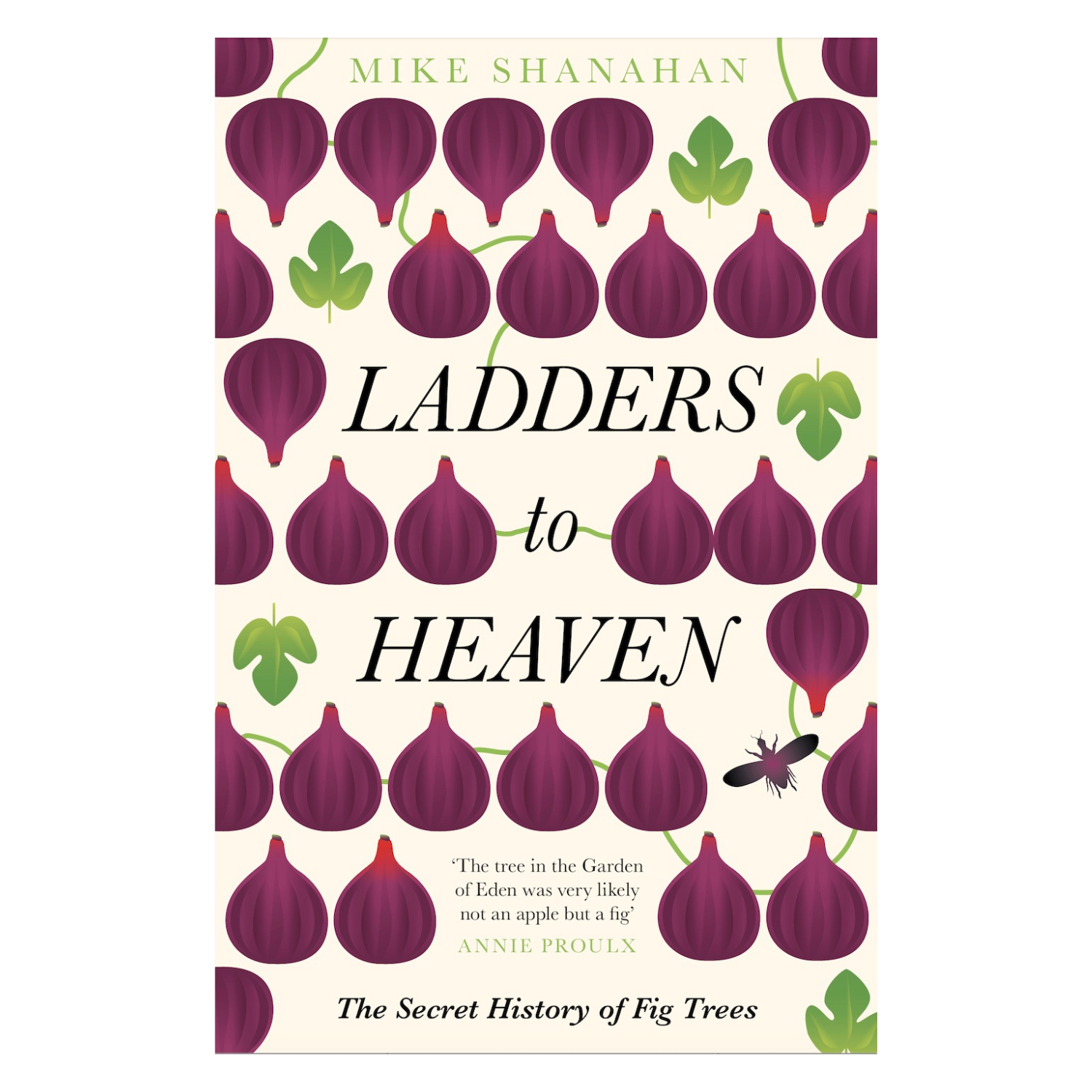



About The Book
"Irresistible" - Literary Review
Fig trees have affected humanity in profound but little-known ways: they are wish-fulfillers, rainforest royalty, more precious than gold. Ladders to Heaven tells their incredible story.
They fed our pre-human ancestors, influenced diverse cultures and played a key role in the birth of civilisation. More recently, they helped restore life after Krakatoa's catastrophic eruption and proved instrumental in Kenya's struggle for independence.
Figs now sustain more species of bird and mammal than any other fruit – in a time of falling trees and rising temperatures, they offer hope. Theirs is a story about humanity's relationship with nature, as relevant to our past as it is to our future.
Irresistible.
Be a part of our community! 334,112 people from 207 countries have pledged £11,980,334 to fund 646 projects - and counting!
